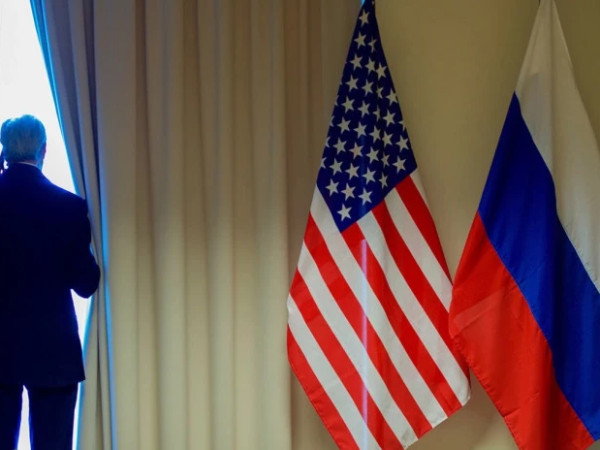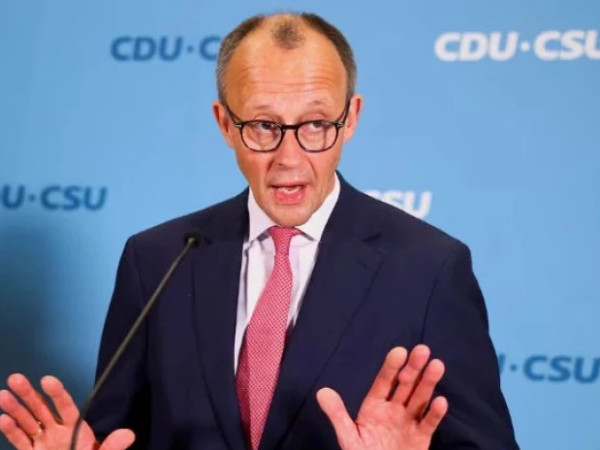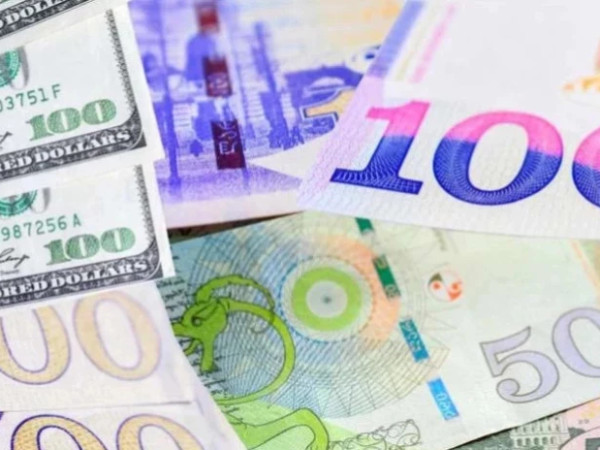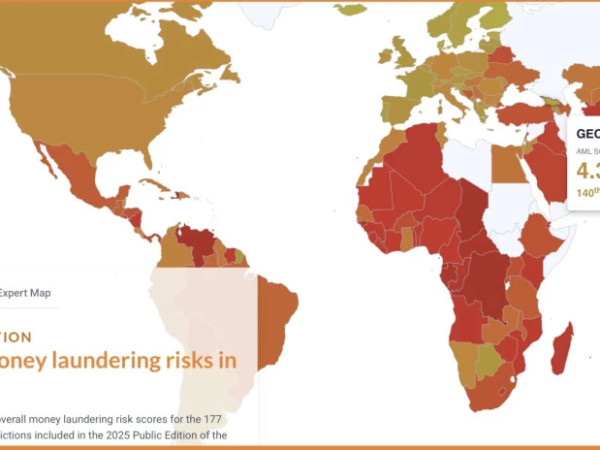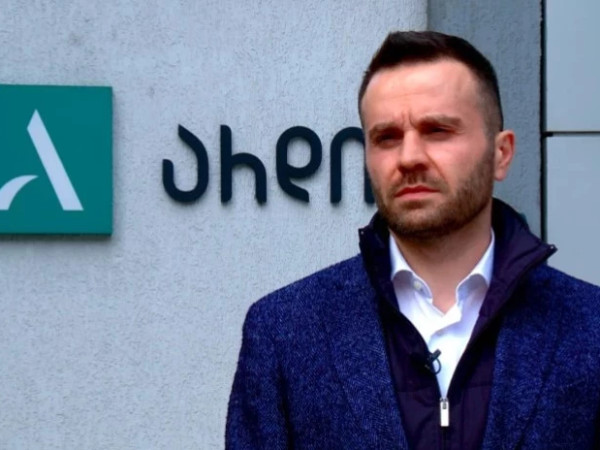Recent strong growth momentum raises a question about the dependence on a single source of inflows, namely from Russia. Based on the latest, after-invasion data, we argue, that geographical diversification has even increased somewhat. Namely, the EU share is broadly stable, the same holds for Russia using different approaches, while the contribution of other countries has picked up.
Definitely, the migration impact led to a higher net growth compared to what would have been the baseline without the military escalation in Ukraine. Taking the dominant share of IT industry in migrant workforce into account, the impact is also evident when looking at information and communication sector dynamics. Nevertheless, probably in contrast to the general perception, though again, based on the actual data, diversification looks to be staying high, also when looking at the types of inflows that are expected to remain strong, even when considering the recently imposed sanctions over the Russian money transfer company Unistream.
As for the other data release, we note stronger growth of GEL deposits, as of July 17 and also stronger growth of FC credit in June, both, in our view, being the GEL rate cut arguments. Therefore, and taking the other drivers into account, we bet on the 50 basis points easing next week at the August 2 NBG Monetary Policy Committee meeting.












